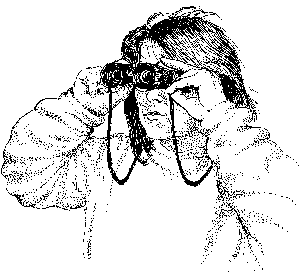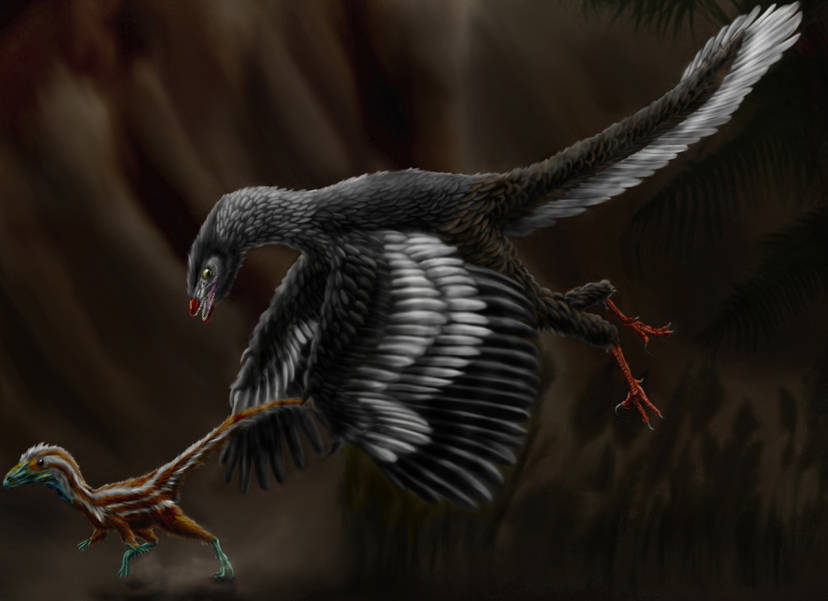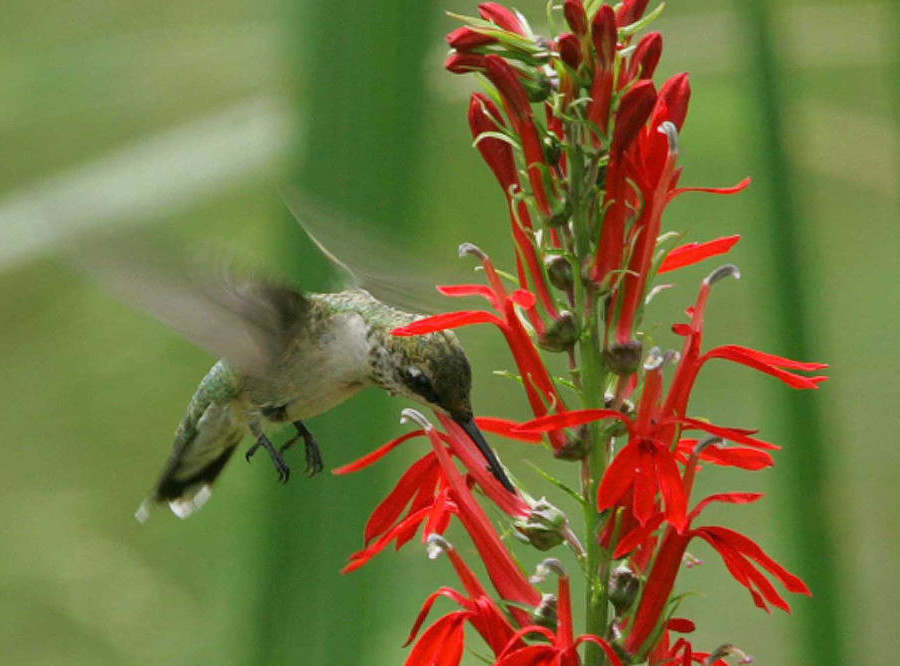
birders are the strongest advocates for conservation of bird habitat and species
Source: US Fish and Wildlife Service, US Fish and Wildlife Service

birders are the strongest advocates for conservation of bird habitat and species
Source: US Fish and Wildlife Service, US Fish and Wildlife Service
Flight developed independently in insects, pterosaurs, birds and bats. Pterosaurs were flying at the same time as birds and insects during the Jurassic Period. That is when Archaeopteryx developed feathers suitable for flight.
Based on the morphology of hip bones, dinosaurs are divided in Ornithischians ("bird hipped") and Saurischian ("lizard hipped") groups or clades. Birds evolved from within the Saurischian group about 160 million years ago. Ancestors of birds are feathered dinosaurs known today as Neornithes. They are classified as Theropods like velociraptors and tyrannosaurs.
Birds evolved from dinosaurs by arresting their pattern of development early on in life. The distinguishing characteristics of birds developed slowly:1

Archaeopteryx hunting a young compsognathid in a dark forest
Source: Durbed, Archaeopteryx litographica
Dinosaurs had developed feathers roughly 40 million years earlier for warmth and/or for mating displays. Later, some dinosaurs developed wings and the ability to fly. The last common ancestor of all modern birds lived 130 million years ago. The black, gray, brown, and orange colors in feathers are created by pigments. Bright iridescence colors are structural, with ridges reflecting just certain wavelengths of light, and were present 80 million years ago.
More species of birds evolved during the Cretaceous Period in parallel with non-flying dinosaurs, after flowering plants (angiosperms) developed 135 million years ago. Paleobotanists have found fossilized charcoal flowers, dating back 120 million years, in Virginia sediments.
A cousin of the dinosaurs, another reptile group known as pterosaurs, separately developed the ability to fly. Paleontologists are still debating if any of the pterosaurs developed feathers, but agree that the ancestors of birds are feathered dinosaurs and not pterosaurs.
The asteroid that created the Chicxulub crater 66 million years ago caused all the bird-like dinosaurs with teeth to go extinct (along with almost all the other dinosaurs). The survivors were bird-like dinosaurs with beaks and bills, but without teeth. They could peck in the soil for nuts and other food sources that had not been destroyed by the Chicxulub impact.2
As of 2023:3
That diversity reflects Virginia's latitude, climate, and its location of the edge of the Atlantic Ocean. The state is between 36-39 degrees latitude, almost halfway between the Equator and the North Pole. Food sources vary between four seasons of weather. Food scarcity in the winter plus low temperatures cause some species to migrate south. Lengthening days and/or warmer temperatures trigger hummingbirds, osprey, vultures, and many songbird species to fly north each Spring from wintering grounds in Florida, the Caribbean islands, or Central and South America.

birds migrate because food sources in the winter are too scarce
Source: US Fish and Wildlife Service, Ruby-Throated Hummingbird at Cardinal Flower
Various bird species dependent upon the ocean visit Virginia while migrating through, breed within the state seasonally, or reside throughout the year. Wildlife refuges in Tidewater and along the ocean shoreline produce food and habitat intended to support bird populations.

during migration season, millions of birds fly across Virginia at night
Source: Cornell University, BirdCast (May 1, 2024)
Bird have specific habitat requirements that determine where they live and breed. Ospreys feed on fish, so they are common in Westmoreland County and not in Buchanan County. Robins have specific requirements for where they nest. In the middle of the day, air temperature must be 45-65°F and relative humidity must be at least 50%. Under those conditions, the invertebrates upon which robins feed, including earthworms, will be present in the upper layers of soil.4
Source: Wildlife Center of Virginia, The Comeback of Our National Bird, the Bald Eagle and the New Challenges They Now Face
Source: Virginia Tech, Tracking kestrels in Northern Virginia
Source: Wildlife Center of Virginia, Owls; Nature's Amazing Nocturnal Predators
Source: Wildlife Center of Virginia, The Key Role Vultures Play in Our Environment